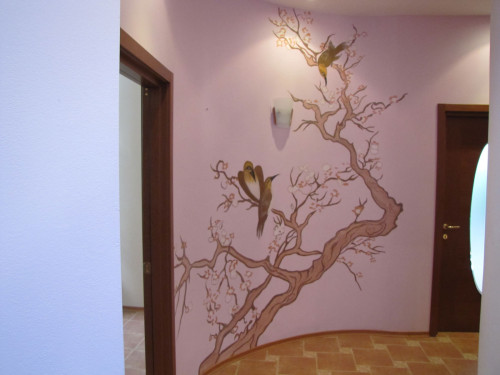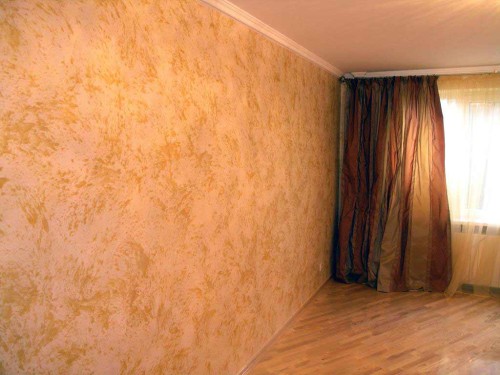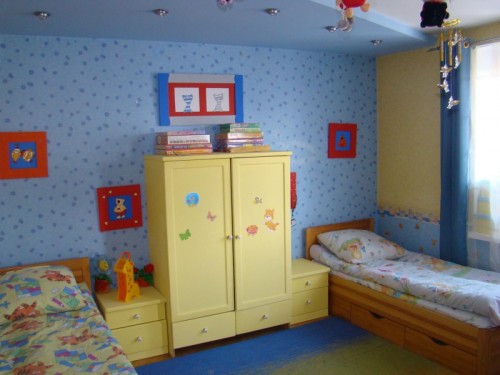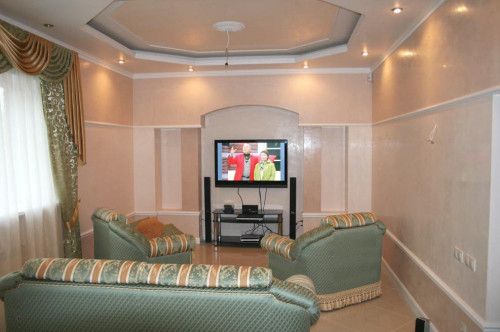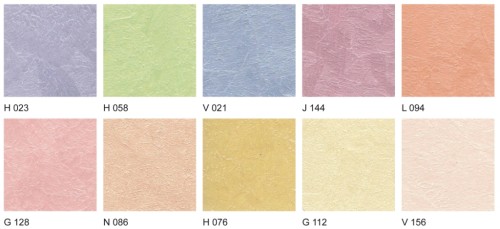
Best Wall Paint: Selection Features paints and varnishes
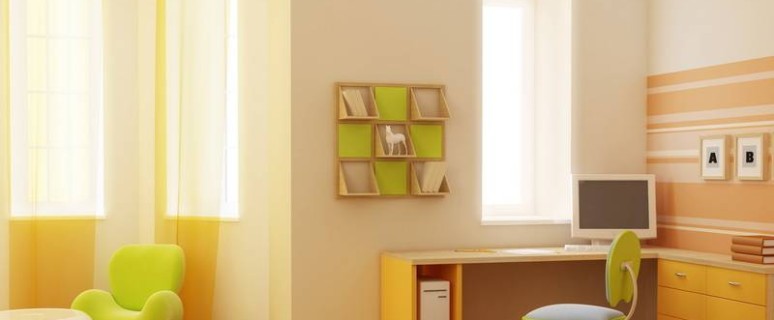
One way to the final stage of repair work is the painting of the walls. In the conditions of the variety of paints, there is quite a logical question, and what paint is better to paint the walls? We will tell about it now.
Content
Criteria for choosing paint
The basic requirements for paintwork products include:
- environmental properties (it is better to use water-based material);
- resistance to the effects of sunlight, detergents and mechanical loads;
- paint drying time;
- ability to uniform surface coating.
The higher all these indicators, the better paint for the walls.
A special role in the acquisition of material should be given:
- wall sizes;
- the type of foundation;
- the purpose of the room (kitchen, hallway, children's, etc.).
Immediately determine the final type of the painted wall. Moreover, in modern conditions, you can make any type of surface, including painting under a tree or marble.
When determining which paint for walls is better, among the practical characteristics of paint, you need to pay attention to:
- parry permeability ("breathable" material is used in the bedroom, a children's room and other rooms where a solid amount of time is carried out);
- wear resistance (with a frequent washing the walls of the paintwork should have increased abrasion resistance);
- material consumption;
- thixotropy (paint should not drain from tassels, do not form precipitate and drows).
In order to correctly buy paint for the walls, it is necessary to make sure that there is an inscription "for walls" on the package with the material. This is due to the presence of various requirements for products intended for floating floor, ceiling and walls.
It should be noted that the paint for walls can perform two functions: protective and decorative. Moreover, it is difficult to determine which of these functions is the most important in modern conditions.
Species of paints for wall covering
The following types of paints will suit the walls of the walls:
- acrylic;
- latex;
- alkyd;
- silicone;
- water-emulsion.
Acrylic paints
Raw materials for the manufacture of acrylic paint for walls are acrylic resins, which are an excellent binder element. As a result of the coverage of the walls by this paint material, the paint is a matte surface. Due to the presence of a resin, a solid film is formed, due to which acrylic paints have excellent resistance to the abrasion process.
Also, the advantages of acrylic paints include:
- the possibility of using in wet rooms;
- rapid drying;
- no sharp odor;
- a variety of color solutions.
Latex paints
A distinctive feature of latex paints is increased wear resistance. After applying this material, the surface is obtained by silky-matte. For this reason, the latex paint is the perfect option for the subsequent wall decoration with textured plaster or wallpaper intended for painting.
After drying, latex paint becomes a thin film evenly covering any textured base. The main difference in latex paints is the degree of glossy surface.
Alkyd enamel
The binding element of this paint is an alkyd resin. Compared to other paints, the drying of alkyd enamel is carried out in contact with air (and not using a solvent).
The main advantages of alkyd paint:
- rapid drying;
- the occurrence on the surface of a strong steamproof film.
Thanks to these characteristics, the material is often used to protect against the corrosion of the metal surface.
The only drawback of alkyd enamel is the presence of a sharp unpleasant odor that remains for some time and even after drying. For this reason, they are not recommended to use in residential rooms.
Silicone paints
Emulgic silicone resins are used to produce these paints and varnishes. Silicone paint is the latest generation material. Due to the presence of excellent vapor permeability and creating a waterproof surface, silicone paint can be used not only for decoration of walls indoors, but also outside the building.
It is clear that the price of paint for walls made of silicone resin is significantly higher than similar products. Therefore, when choosing paint for interior wall decoration, it is better to give preference to more affordable materials. One of them is the water-making paint for walls.
Water-emulsion paints
Thanks to the use of water-level paint, the wall decoration has become simpler, economical and fast. The light structure of the material makes it possible to apply it without applying special efforts.
In addition to the above qualities, the waterproof paint has the following advantages:
- with it, it creates a great aesthetic view of the room;
- the absence on the surface of walls of traces and other defects remaining from paint.
When choosing a water-based paint, it is not recommended to acquire too cheap material. In most cases, this paint consumption will be much larger. What will lead to additional procurement of the material.
Decorative paints
To give the surface of a modern beautiful appearance, decorative paint for walls is used. In most cases, such paints and varnishes are manufactured with the addition of mineral and polymer additives and have an aqueous basis. Among decorative paints, textured products occupy a special place.
The textured paint for the walls has a number of advantages, the main of which are:
- resistance to the effects of sunlight and mechanical loads;
- the ability to level the surface without the use of other materials;
- high vapor permeability due to which the natural regulation of humidity is ensured.
The main characteristics of textured paint include:
- Ecology. Due to the presence of a dense coating on the wall, painted texture paint, the fungus and mold is not formed. The composition does not cause allergic reactions. Air passes through minor pores, providing a natural air exchange between the house and the street.
- Reliability. The density of textured coating is much higher than this indicator in ordinary paint. Such a wall is not terrible increased humidity and temperature differences. For a long period, the surface retains its original appearance.
- Versatility. Textural paint can be used both indoors and outside. In addition, the basic white color of the material you can give any shade. This makes it possible to implement completely different design solutions and ideas.
- Practicality. An old coating that is firmly connected to the wall can not be deleted. And the applied texture paint will give the surface with homogeneous features and hobs all flaws. The surface of the walls painted by this material can be calmly washed.
- Attractive appearance. The surface relief can imitate various materials, starting with bricks, stone or wood and ending with leather and tissue products (velvet, silk, velveteen). To obtain a certain type of texture, various fillers are used. For example, hydrofins are used to make a coarse surface, and to create a coating with sharp edges - quartz sand. To get a smooth wall, the paint is diluted with water.
Several aspects when choosing paint color
When choosing a specific color shade of the material, it should be noted that all of them are depicted in small rectangular forms. The view immediately falls on the brightest tone of the resulting colors. But this is a rather serious mistake.
When applying paint on the wall, which has a decent square, after a while, very bright shades will begin to annoy any person. It is worth stopping your choice on the most pale shade of the desired color. This solution will help create the necessary effect.
There are still a number of such tricks with which you can make the situation in the room as comfortable as possible:
- in weakly excluded rooms, painting walls are carried out by material, which has light and warm shades;
- in rooms where windows come out on the south, shades of paints can be darker and saturated;
- in small rooms, preference is better to give light tones, thanks to which there is a visual increase in the room;
- when buying paint should be taken into account that the walls should be harmonized with the ceiling;
- the creation of a glossy surface will lead to an increase in color intensity, a matte coating - to its absorption.
Video about wall paint selection features:




